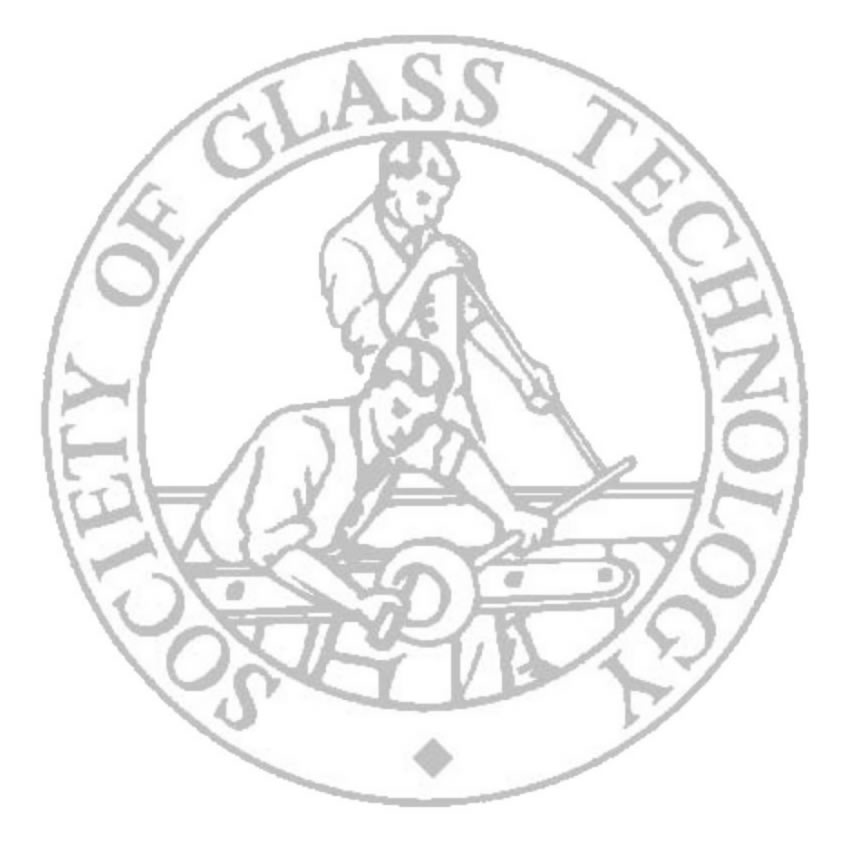
Cambridge 2008
|
Dr Delia Brauer , Imperial College, London
Phosphate glasses have been increasingly studied for biomaterial applications, as they dissolve in aqueous media and their degradation rate can easily be adjusted by altering their composition. Furthermore, their composition is similar to that of the mineral phase of bone which makes them potentially useful for promoting the regeneration of hard tissue. Invert phosphate glasses give a neutral pH on degradation in contrast to acidic metaphosphate glasses and glass solubility and crystallisation tendency can be adjusted by adding titanium oxide. This is especially of interest as invert glasses show a much higher crystallisation tendency than metaphosphate glasses.
Phosphate glass compositions in the system P2O5-CaO-MgO-Na2O-TiO2 with 35 to 37 mol% P2O5 and 0 to 10 mol% TiO2 were produced by a melt-quench route. Glass structure was investigated using 31P MAS-NMR and glass transition and crystallisation temperatures were determined using differential scanning calorimetry (DSC). Degradation experiments were carried out in deionised water and simulated body fluid (SBF) and pH was tested in physiological NaCl solution.
Glasses produced had a very low phosphate content (35 to 37 mol%). These glasses are commonly known as pyrophosphate or invert glasses and their glassy state is characterised by interaction of cations and small phosphate groups rather than by a phosphate network or phosphate chains. 31P MAS-NMR shows that the glasses contain mostly Q1 structural units with smaller amounts of Q2 units, which corresponds to pyrophosphate groups and short phosphate chains. Incorporation of TiO2 had a significant effect on both crystallisation tendency and solubility behaviour of the glasses. Glass solubility in deionised water was about 40% less for the glass with the highest TiO2 concentration (10 mol% TiO2 ) than for the TiO2 -free glass. DSC traces show a significant increase of the processing window (crystallisation onset – transition temperature) with higher TiO2 contents. It increased from 132 K for the TiO2 -free glass to 183 K for the glass containing 10 mol% TiO2 . This is due to incorporation of TiO2 into the glass network, which also makes the glass more resistant to e.g. water attack or crystallisation.
Back to New Researchers Programme
| SGT Home page |